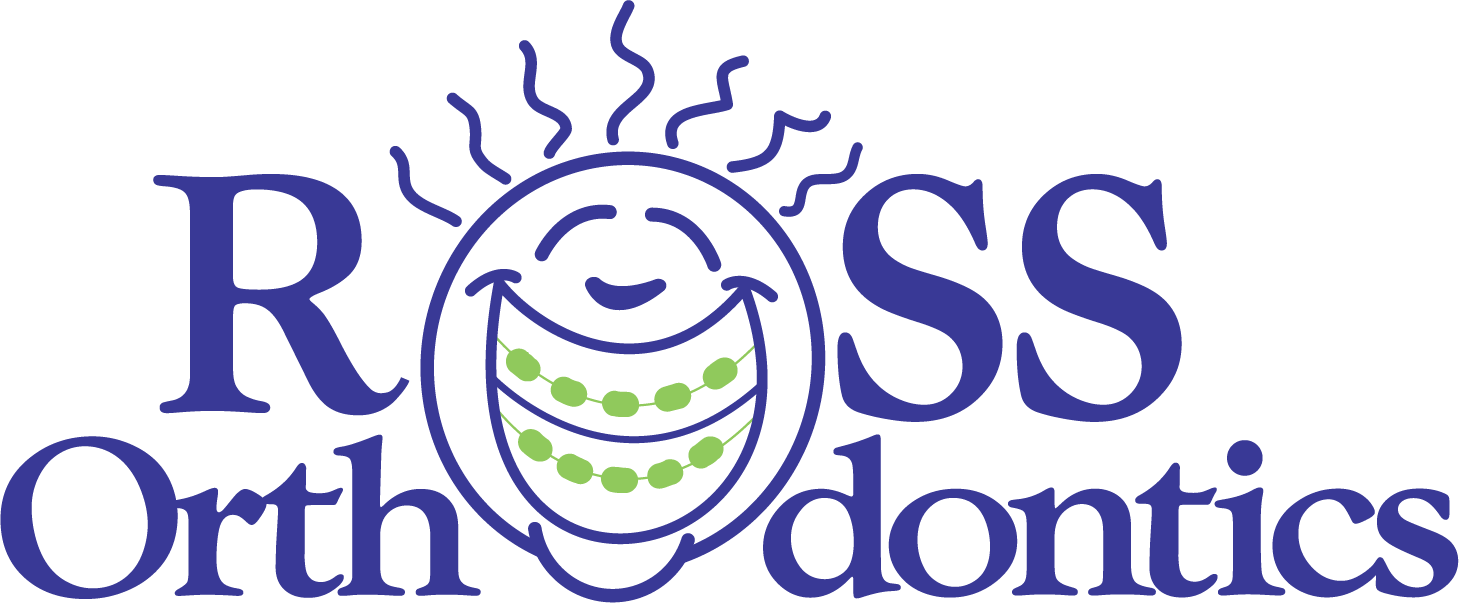Getting braces as an adult is now a common step for those who want healthier teeth or more confidence in their appearance. Around 25% of the four million Americans who wear braces are adults. You might feel nervous about starting this journey, especially when you think about pain, changes to your diet, and the discomfort that can come with braces.
The good news is that you are not alone, and there are clear steps you can take to manage these challenges. This guide will help you understand what to expect, how to deal with pain, eat smarter, and care for your braces so you can stay on track and reach your smile goals with confidence.
What to Expect: Pain and Discomfort
Beginning adult orthodontic treatment requires your mouth to adjust to new pressure. Initially, you may not feel much, but soreness typically develops several hours after your braces are placed. The discomfort is usually a dull, steady pressure as your teeth begin to shift. Most adults experience the greatest discomfort during the first few days, especially when eating or biting down.
You may also notice irritation on your cheeks, lips, or tongue caused by the brackets and wires. Small sores or tender spots can appear where your mouth rubs against the braces, but these generally heal as your mouth adapts. The good news is that most pain diminishes within a week, and you should feel significantly more comfortable as time passes.
Similar soreness may occur after each adjustment or tightening, though it tends to resolve more quickly than the initial discomfort. The intensity of pain can vary depending on the type of braces and the extent of tooth movement required. Some individuals experience mild pressure, while others may feel more pronounced aches, particularly with more complex treatments.
Over time, your mouth will acclimate, and wearing braces will become part of your daily routine. Most adults find the initial period the most challenging, but patience and adherence to your orthodontist’s instructions will help you manage discomfort and maintain steady progress.
Managing Braces Pain as an Adult
Effective managing braces pain starts with simple steps you can do at home. Over-the-counter pain relievers like ibuprofen or acetaminophen are often recommended to reduce soreness and inflammation after getting braces or following an adjustment. Always follow the instructions on the label and consult your orthodontist if you have any concerns about which medication is best for you.
Applying orthodontic wax to brackets or wires that irritate your cheeks or gums can create a protective barrier and reduce friction. If you feel a sharp spot or notice a wire poking, use the wax to cover the area until your next appointment. Cold compresses or ice packs placed gently on your cheeks can also help numb the area and decrease swelling, making you feel more comfortable.
A warm saltwater rinse is another easy remedy that soothes sore gums and helps keep your mouth clean. Mix a small amount of salt in warm water and swish it in your mouth for about half a minute before spitting it out.
If you notice that pain lasts longer than a few days or becomes severe, reach out to your orthodontist. Persistent pain or broken brackets and wires should always be checked by a professional to prevent further issues and ensure your treatment stays on track.
Dietary Tips for Braces: What to Eat and Avoid
Following smart dietary tips for braces can make your treatment much more comfortable and help you avoid damage to your brackets and wires. Choose soft foods that are easy to chew, including:
- Scrambled eggs
- Pasta
- Steamed vegetables
- Bananas
- Applesauce
- Cottage cheese
Stay away from hard or crunchy foods like popcorn, nuts, and raw carrots, since these can break your brackets or bend your wires. Sticky foods such as caramel and chewing gum can get caught in your braces and are difficult to clean out. Limiting sugary snacks and sodas is also important because sugar can lead to cavities and make it harder to keep your teeth healthy while wearing braces.
Cut tougher foods into smaller pieces to make them easier to chew and prevent damage to your braces. When eating out, look for menu items that are soft or can be easily cut into bite-sized portions. Planning your meals ahead of time helps you avoid foods that could cause problems and keeps your treatment on track.
Remember to rinse your mouth with water after eating, especially if you can’t brush right away. Keeping food from getting stuck in your braces will help you feel more comfortable and protect your teeth throughout your orthodontic journey.
Braces Care Guidelines for Adults
Keeping your teeth and gums healthy during orthodontic treatment requires careful daily habits. After every meal, use a soft-bristled toothbrush and fluoride toothpaste to clean around each bracket and along the gumline, removing any food particles. Flossing with a floss threader or special orthodontic floss helps you reach between teeth and wires more effectively.
Using a fluoride mouthwash can strengthen your enamel and reduce the risk of cavities while wearing braces. Regular and thorough cleaning prevents issues like gum disease and tooth decay, making your orthodontic journey more comfortable and successful. When you notice a loose bracket or a wire causing discomfort, contact your orthodontist promptly to keep your treatment on schedule.
Getting braces as an adult means you have the advantage of being able to follow detailed care instructions carefully. Attending all your orthodontic appointments ensures your progress is monitored and any problems are addressed quickly.
Prioritize the Right Care When Getting Braces as an Adult
Getting braces as an adult is a big step toward a healthier, more confident smile. You deserve an orthodontic team that understands your needs and supports you every step of the way. At Ross Orthodontics, you’ll find experienced professionals who use the latest technology and truly care about your comfort and results.
If you’re thinking about starting your own journey, Ross Orthodontics is ready to help you feel at ease and answer any questions you may have about treatment. Contact us to take the first step today and discover how we can help you achieve the smile you’ve always wanted.


